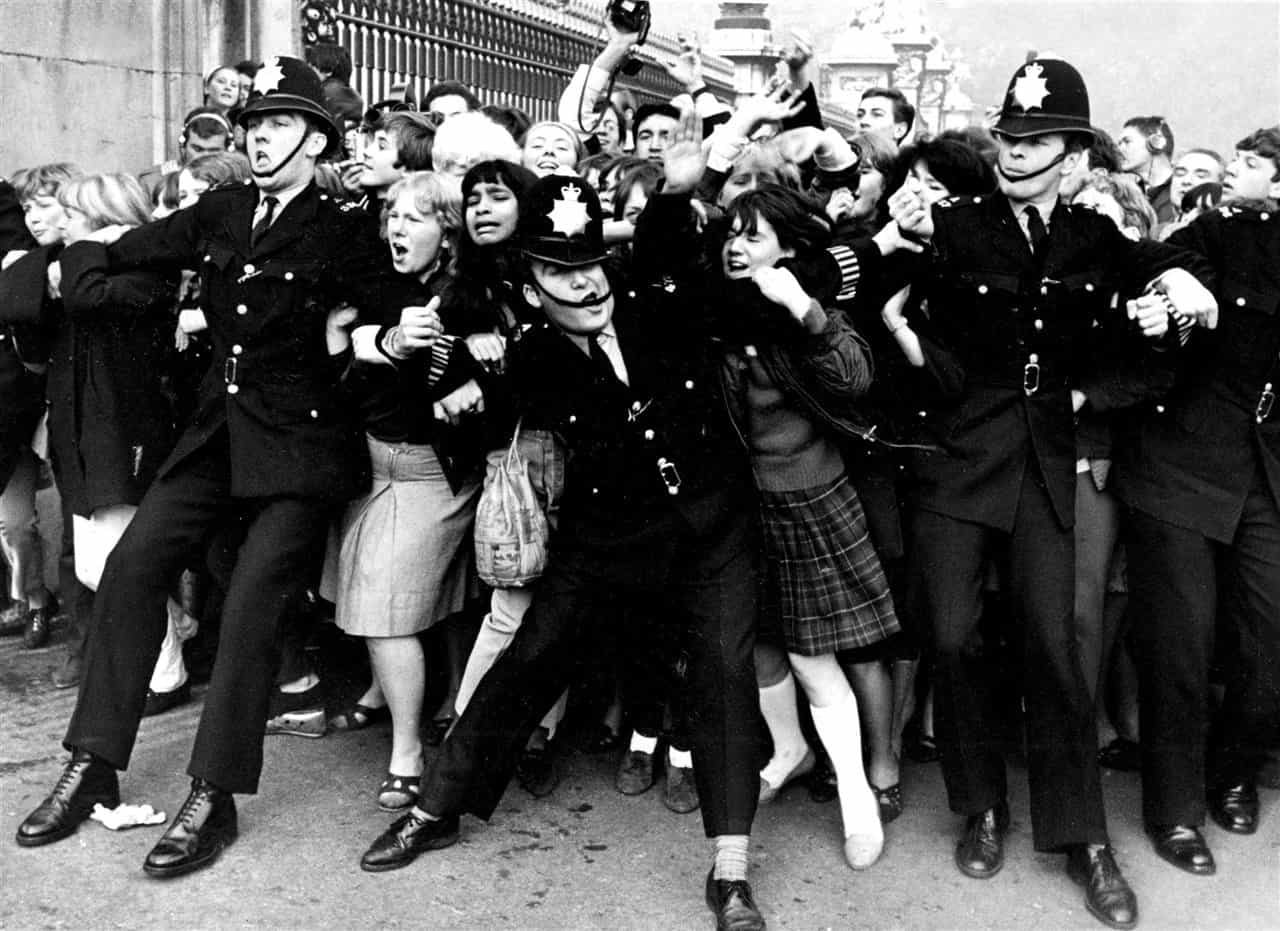Karma can be funny. Take that time in 1966 when John Lennon compared the Beatles’ popularity to that of Jesus. The resultant furor over what was actually an out-of-context statement was intense. Amidst predictions that lightning would strike the band for blasphemy, a Bible Belt radio station hosted a “Beatles bonfires” to burn the group’s LPs. Lightning struck, but rather than take out the band, it hit the station’s tower and knocked it off the air. Below are thirty things about that and other times when karma made a sweet appearance.
30. It is Hard to Conceptualize the Cultural Impact of the Beatles Half a Century Ago

Today, more than half a century after their 1960s heyday, it is hard to grasp just how big a phenomenon the Beatles were. As their popularity grew in Britain, fueled by hit singles like She Loves You, Please Please Me, and From Me to You, words failed to adequately express the fans’ frenzied adulation. So journalists coined the term “Beatlemania” to describe the hysteria and high-pitched screams that accompanied the group wherever they went. Such intensity was compared to religious fervor, and for good reason: some fans actually believed that the band had supernatural healing powers.

When the Beatles crossed the Pond in early 1964, they took the US by storm. When the band performed before an audience of 55,000 at Shea Stadium, it marked the first time that an outdoor stadium had been put to such use. To safeguard them from the crush of their fans, both figurative and literal, the Beatles had to travel to their concerts in armored cars. As American teenagers screamed with delight, their parents just screamed, unsure what to make of the shaggy-topped foursome. Then in March, 1966, John Lennon said in an interview with a London newspaper that the Beatles seemed to be “more popular than Jesus“.

